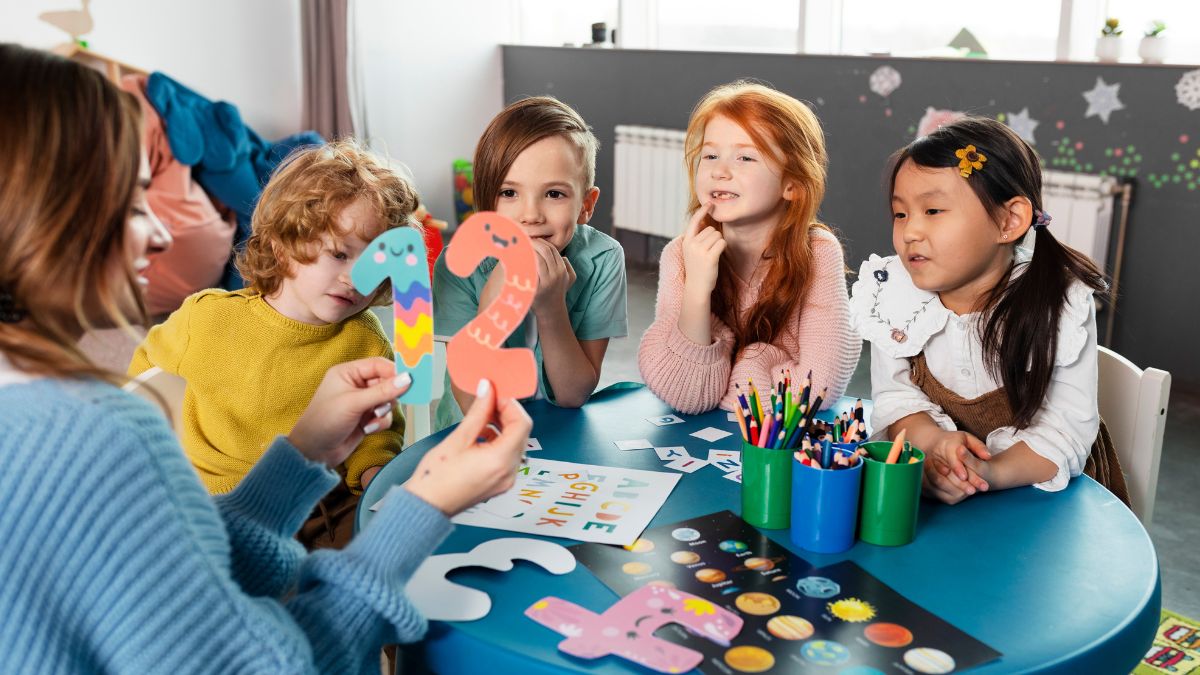Teachers today see more diverse classrooms than ever before. Among their students are children on the autism spectrum who bring unique strengths, talents, and ways of learning. Supporting these learners is not just about meeting needs—it’s about unlocking potential. That’s why activities for kids with autism are such powerful tools. The right activities foster social skills, spark creativity, and build independence.
So, how do you design activities that keep students engaged while boosting confidence? What real-life classroom strategies have proven successful in both research and practice? Let’s dive into evidence-backed approaches that make learning not only possible but exciting for every student.
Why Classroom Activities Matter
According to the CDC, 1 in 36 children in the United States is diagnosed with autism. That means nearly every classroom has at least one student with autism. Activities tailored for these students don’t just support them—they benefit the whole class. Research published in The Journal of Autism and Developmental Disorders highlights that inclusive, structured activities lead to better social engagement for autistic students while also promoting empathy among peers.
Classroom activities provide three big benefits:
- They give structure and predictability.
- They teach social communication in a natural way.
- They help students self-regulate emotions.
With these goals in mind, let’s explore specific activities that teachers can use to create meaningful classroom experiences.
Activities for Kids with Autism: Real-Life Examples
1. Visual Schedules
Have you ever noticed how much smoother the day goes when everyone knows what’s coming next? For students with autism, visual schedules are game changers. Using picture cards or icons, teachers map out the day’s lessons and transitions.
A study by Bryan & Gast (2000) found that visual schedules significantly reduced off-task behavior in students with autism. Imagine showing a picture of a book to signal reading time or a picture of a ball for recess. Suddenly, the day feels predictable and manageable.
2. Social Story Circles
Social stories are short, descriptive narratives that explain social situations. Teachers often read them aloud during circle time. For instance, a story might explain how to take turns during a game.
Research from Gray (2010), the creator of Social Stories™, shows that children with autism improve in social understanding when these narratives are part of daily routines. Circle time becomes more than a lesson; it’s a chance to practice empathy and perspective-taking.
3. Sensory Bins
Think of a bin filled with rice, beans, or sand, plus scoops and cups. For children with autism, sensory bins encourage calm, focused play while building motor skills.
A classroom in Chicago introduced sensory bins for 20 minutes each morning. Teachers reported that students transitioned into lessons more easily, with fewer signs of anxiety. The bins became not just fun but foundational to a positive start to the day.
4. Peer Buddy Programs
Want a natural way to boost social interaction? Pairing students with autism with supportive peers has shown remarkable results.
A study from Remedial and Special Education (Kamps et al., 1994) found that peer-mediated interventions increased social communication by over 50%. That means more conversations, shared laughter, and friendships. Plus, buddies learn empathy and leadership along the way.
5. Role-Playing Games
Children love pretending to be shopkeepers, teachers, or superheroes. For students with autism, role-play is a safe way to practice conversation skills.
Teachers can set up simple scenarios: ordering food at a pretend café or asking a friend to join a game. These rehearsals translate into real-world skills. How empowering is it when a child practices saying, “Can I play? ” and then tries it out on the playground?
6. Emotion Cards
Many students with autism find it tricky to recognize facial expressions. Emotion cards—pictures showing happy, sad, surprised, or angry faces—help bridge that gap.
According to research in Focus on Autism and Other Developmental Disabilities, repeated practice with emotion cards improves both recognition and expression of emotions. Teachers can turn it into a game: hold up a card and ask, “What feeling is this? ”
7. Sorting with Snacks
Here’s a math activity that doubles as sensory fun. Give students colorful crackers or fruit pieces. Ask them to sort by color or shape, then count each pile.
This activity boosts attention to detail while sneaking in math skills. Plus, the built-in reward—snack time—keeps motivation high.
8. The Name Game
At the start of the year, the Name Game helps every child feel included. Each student says, “I am [name],” then points to another and repeats their name.
For students with autism, this builds confidence in speaking and remembering names. The result? Stronger peer connections from day one.
9. Mindfulness Breaks
Can you imagine how overwhelming a noisy classroom feels for a child sensitive to sound? Mindfulness exercises—like deep breathing or focusing on five things in the room—give students tools to self-regulate.
The Journal of Child and Family Studies (Ridderinkhof et al., 2018) showed that mindfulness practices improved emotional regulation in children with autism. A two-minute breathing break can reset the entire room.
10. Student Retreat Zone
Every classroom benefits from a quiet corner. Fill it with soft seating, picture books, and calming toys. Label it as a “Retreat Zone” for any student who feels overwhelmed.
When a student knows there’s a safe space to regroup, they return to lessons faster and with more focus. It’s not just a corner—it’s a lifeline.
11. Music and Rhythm Activities
Songs and rhythm games are highly engaging. Many students with autism respond strongly to music. Singing instructions or clapping out rhythms can turn routine lessons into memorable experiences.
One 2016 study published in Autism Research found that children who participated in music therapy showed improved social engagement. Whether it’s singing “Good Morning” together or drumming on the desk, rhythm can open doors to learning.
12. Storytime with Perspective-Taking Questions
When reading books, teachers can pause to ask, “How would you feel if this happened to you? ” or “What do you think the character will do next? ”
These simple questions help students practice perspective-taking, an essential social skill. Plus, it makes storytime interactive and fun.
13. Scientific Slime Experiments
Slime isn’t just trendy—it’s educational. Mixing slime can teach cause and effect, measurement, and science vocabulary. Students also enjoy the tactile experience, which supports sensory regulation.
How exciting is it when science feels like play?
14. Calm-Down Kits
Stress happens. A calm-down kit filled with fidget toys, stress balls, or small puzzles helps students manage big emotions.
Teachers who keep these kits handy often notice fewer disruptions. Instead of escalating, students learn to self-soothe and rejoin the group.
15. Bringing Special Interests Into Lessons
Does your student love dinosaurs, trains, or outer space? Incorporating these passions into lessons sparks motivation. For math, you might count planets. For writing, students could create a story about dinosaurs.
Temple Grandin, a leading voice in autism advocacy, often shares how her interest in animals shaped her career. What future paths could a child’s classroom passion unlock?
Research Snapshot: Why These Activities Work
| Activity | Skill Supported | Backed By |
| Visual schedules | Structure & independence | Bryan & Gast, 2000 |
| Social stories | Social understanding | Gray, 2010 |
| Peer buddy system | Communication | Kamps et al., 1994 |
| Mindfulness | Emotional regulation | Ridderinkhof et al., 2018 |
| Music therapy | Social engagement | Autism Research, 2016 |
The Ripple Effect of Inclusive Activities
What’s the best part of these activities? They don’t just help students with autism—they enhance the classroom for everyone. Visuals help all learners follow routines. Peer programs build empathy. Calm-down spaces promote mental health for every child.
In short, when you implement activities designed for inclusion, the entire classroom thrives.
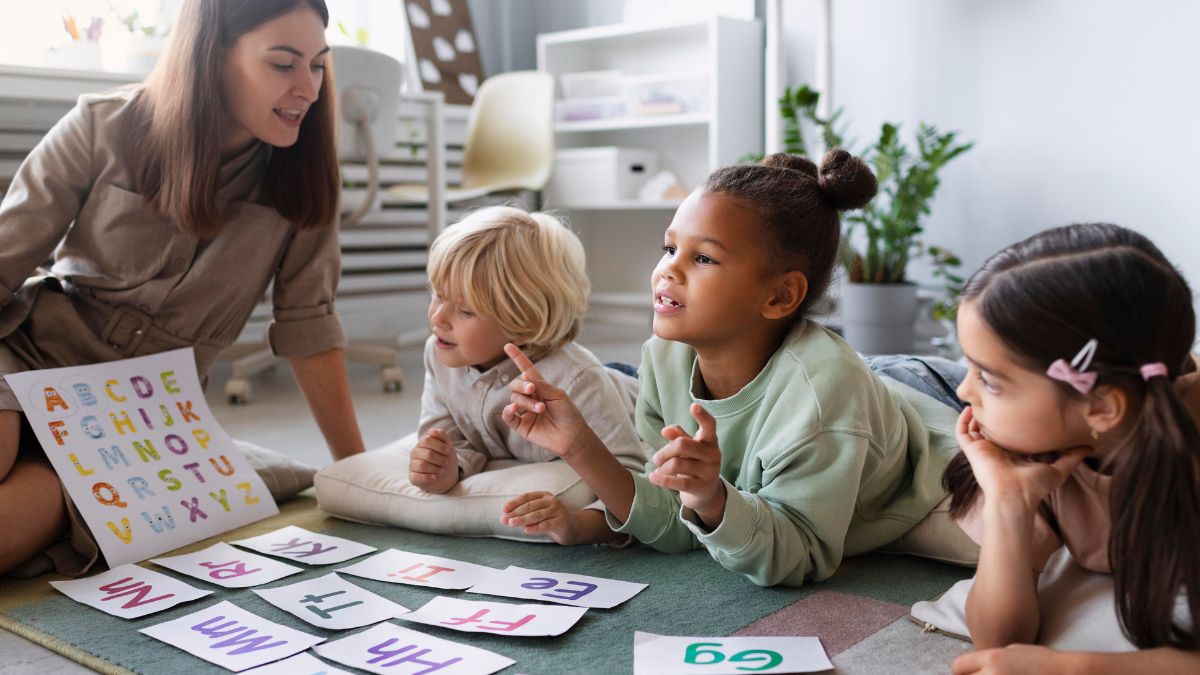
FAQ: Effective Classroom Activities for Kids with Autism
1. How do I know which activity will work best for a student with autism?
Start with observation. Notice what captures the student’s interest and where they seem most comfortable. Then test small activities and build from successes.
2. Can group activities overwhelm kids with autism?
Sometimes. That’s why flexible options matter. Pair large group lessons with quiet choices like sensory bins or retreat zones. Balance is the goal.
3. What role does peer involvement play in these activities?
Peers are powerful models. Buddy systems and role-play activities foster natural social learning that no worksheet can replace.
4. How do I adapt lessons if my student has strong special interests?
Lean into those passions! Link them to subjects like math, reading, or science. You’ll see motivation skyrocket when lessons connect with what excites them.
5. Should activities be consistent or varied?
Both. Consistency builds comfort while variety keeps things fresh. Use a predictable schedule, but rotate activities within it for best results.
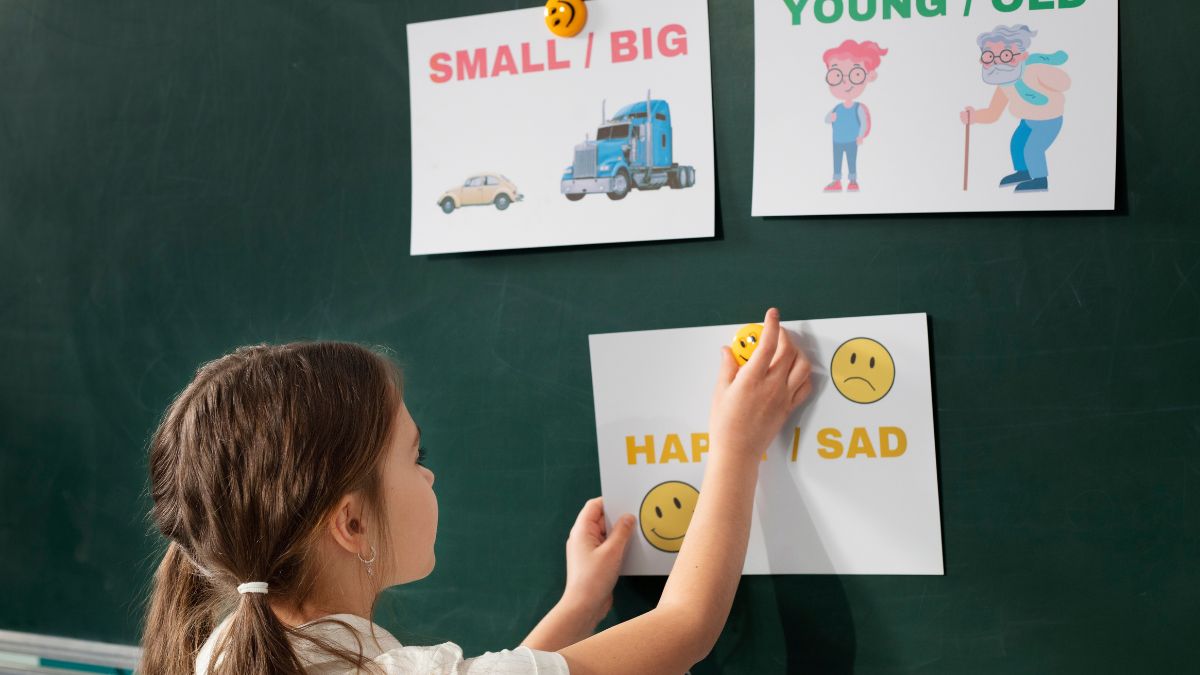
Building Classrooms Where Every Child Thrives
The classroom is more than a place for academics—it’s a community. With support from Shining Moments ABA, students with autism feel seen, supported, and celebrated. Teachers become guides not only in learning but also in building a culture of empathy. If you’re seeking guidance on bringing these approaches into your classroom or home, reach out to us today—we’re here to help families across New Jersey find strategies that truly work.
By weaving in visual schedules, sensory supports, mindfulness breaks, and peer connections, educators create environments where every child can shine. With the right tools—and the right partner like Shining Moments ABA—every student has the chance to thrive. Isn’t that the heart of teaching?
More Like This Articles
 Shining Moments ABA Therapy
Shining Moments ABA Therapy
Shining Moments ABA Therapy
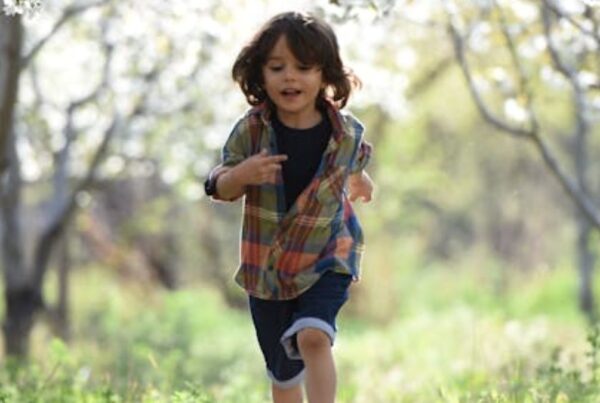 Choosing the Right ABA Provider in Maryland and New Jersey
Choosing the Right ABA Provider in Maryland and New Jersey
Choosing the Right ABA Provider in Maryland and New Jersey
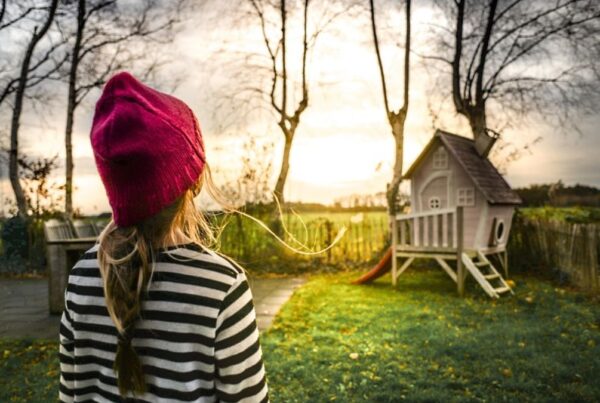 The Benefits of ABA Therapy: From Communication to Social Skills
The Benefits of ABA Therapy: From Communication to Social Skills


